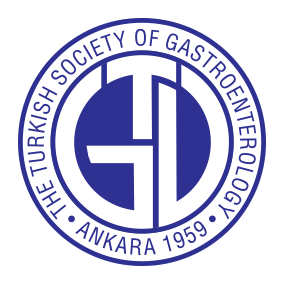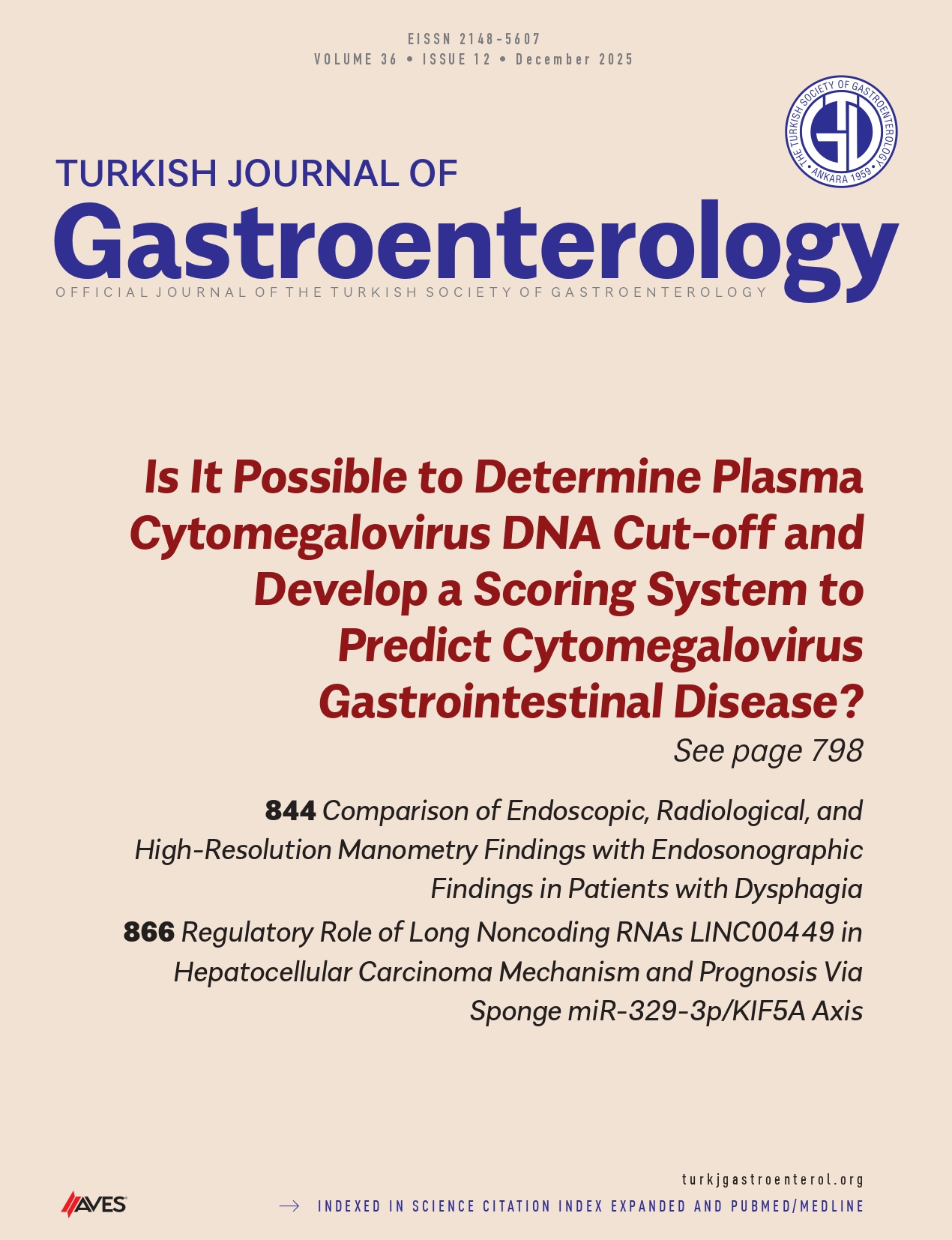Background/Aims: Manometric measurements are crucial for diagnosing esophageal motility disorders. High-resolution manometry (HRM) studies mainly use 2 catheter systems: solid state (SS) and water perfused (WP), each with distinct advantages. This study aimed to establish normal values for esophageal manometry using both 36-channel WP and SS catheters in healthy volunteers.
Materials and Methods: This study, conducted between January 2017 and September 2018, included 44 healthy volunteers with no upper gastrointestinal symptoms or history of gastrointestinal surgery (except inguinal hernia repair or appendectomy). Participants gave written informed consent, abstained from medications and alcohol, and underwent normal endoscopy. They then had 2 consecutive esophageal manometry sessions, 1 day apart, using a 36-channel SS-HRM catheter and a 36-channel WP-HRM catheter. All tracings were analyzed using the Chicago classification version 3.0.
Results: Four participants were excluded due to gastroesophageal reflux disease (GERD). Of the remaining 40 (age 37.4 ± 7.6, 62.5% male), all underwent WP-HRM, and 34 underwent SS-HRM. In SS-HRM, 74 of 386 swallows were <450 mm Hg·s·cm; in WP-HRM, 151 of 441 swallows were <<450 mm Hg·s·cm. Thus, 4 of 34 volunteers (11.8%) in SS-HRM and 12 of 40 (30%) in WP-HRM had ≥50% swallows with DCI <450 mm Hg·s·cm. Median IRP4 was 17 (7-27) mm Hg in SS-HRM vs. 6 (0-18) mm Hg in WP-HRM. The 5th-95th percentile DCI was 183-2962 mm Hg·s·cm in SS-HRM vs. 65.5-1711.5 mm Hg·s·cm in WP-HRM.
Conclusion: This study compares normal values and differences in WP-HRM and SS-HRM among healthy Turkish volunteers, demonstrating differing diagnostic criteria and providing valuable reference data for future studies.
Cite this article as: Bor S, Sadeghı A, Kıpcak S, Senkaya A. Normal values in esophageal high-resolution manometry performed using 36-channel water-perfused catheter or solid-state catheter. Turk J Gastroenterol. 2025;36(8):515-522.




.png)
.png)